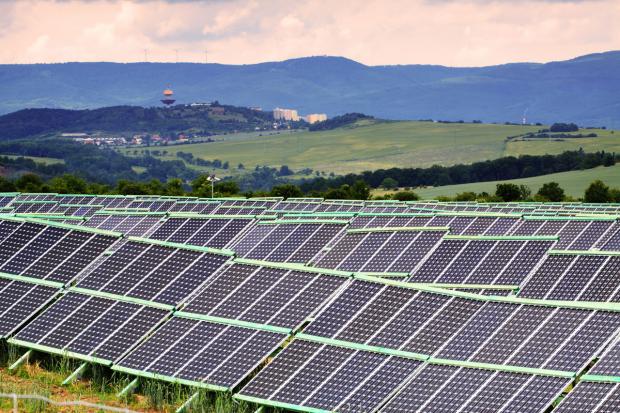
Breaking News
 Pentagon Partners With xAI Service For Military's Growing Artificial Intelligence Toolset
Pentagon Partners With xAI Service For Military's Growing Artificial Intelligence Toolset
 Pharmakeia: America's Seniors Are Being Overmedicated Into Oblivion
Pharmakeia: America's Seniors Are Being Overmedicated Into Oblivion
 The New Battle for the Americas: Why the Western Hemisphere Is Becoming a Global...
The New Battle for the Americas: Why the Western Hemisphere Is Becoming a Global...
Top Tech News
 Travel gadget promises to dry and iron your clothes – totally hands-free
Travel gadget promises to dry and iron your clothes – totally hands-free
 Perfect Aircrete, Kitchen Ingredients.
Perfect Aircrete, Kitchen Ingredients.
 Futuristic pixel-raising display lets you feel what's onscreen
Futuristic pixel-raising display lets you feel what's onscreen
 Cutting-Edge Facility Generates Pure Water and Hydrogen Fuel from Seawater for Mere Pennies
Cutting-Edge Facility Generates Pure Water and Hydrogen Fuel from Seawater for Mere Pennies
 This tiny dev board is packed with features for ambitious makers
This tiny dev board is packed with features for ambitious makers
 Scientists Discover Gel to Regrow Tooth Enamel
Scientists Discover Gel to Regrow Tooth Enamel
 Vitamin C and Dandelion Root Killing Cancer Cells -- as Former CDC Director Calls for COVID-19...
Vitamin C and Dandelion Root Killing Cancer Cells -- as Former CDC Director Calls for COVID-19...
 Galactic Brain: US firm plans space-based data centers, power grid to challenge China
Galactic Brain: US firm plans space-based data centers, power grid to challenge China
 A microbial cleanup for glyphosate just earned a patent. Here's why that matters
A microbial cleanup for glyphosate just earned a patent. Here's why that matters
 Japan Breaks Internet Speed Record with 5 Million Times Faster Data Transfer
Japan Breaks Internet Speed Record with 5 Million Times Faster Data Transfer
Solar power for the whole world could be generated from a relatively small patch...

(Natural News) If the U.S. wants to completely rely on solar power, it will need to set aside a lot of land. But solar energy can fulfill the world's power needs, and an article on Inverse states that the average nation can set aside a relatively small percentage of its land area for solar farms.
Renewable energy currently makes up 10 percent of the U.S. energy production. That amount is split between solar, wind, and hydroelectric sources.
Finder.com, a website that provides price comparison services, looked up how much land area will be taken up by enough solar panels to serve global power needs. Their interactive map shows that devoting five percent of the Earth's surface to solar power could meet the power requirements of 87 percent of the world's countries.
If you put together all those solar farms, they'd occupy 1.1 million square kilometers, an area that is smaller than the country of South Africa. (Related: 2018 could be the year "clean energy" becomes "cheap energy.")
Many countries have the space to fit solar panels for all their energy needs
"While, of course, we can't replace South Africa with solar panels, spreading this area out across the world does seem like something we could achieve in the future," observed the Finder.com team.
Their analysis showed that only three countries would need so many solar panels that their land cannot fit them all. The Middle Eastern nation of Bahrain comprises an archipelago of 30 small islands, and it would need 1.56 times the land it occupies.
The autonomous territory of Hong Kong requires more than twice its area, while the island city-state of Singapore needs a whopping 8.3 times.
Many other countries can make do with much smaller percentages of their land area. The U.S. can spread solar farms across its roomiest states, which would boost local economies. The same holds true for Canada, which also has a lot of room and a much smaller population.
Likewise, the world's most populous country needs only a small fraction of its land area to provide enough power for its 1.4 billion people. China is already making great leaps forward when it comes to solar power.

 No Excuses: Throw A Party!
No Excuses: Throw A Party!


